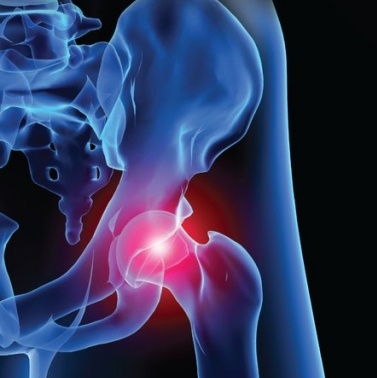Despite the lockdown June has been a busy month for publications co-authored by our group members.
Outcomes, including work productivity, among people with axial spondyloarthritis in urban and rural areas
The ability to work is of prime importance to patients with axial spondyloarthritis (axSpA), not only economically, but also in terms of social and psychological health. There was previously very limited evidence as to whether such outcomes are poorer for rheumatic disease living in rural as opposed to urban settings.
Members of the group sought to use data from the British Society for Rheumatology Biologics Register for Ankylosing Spondylitis (BSRBR-AS) in order to identify patients with axial spondyloarthritis (axSpA) living in rural and urban areas, and to assess any differences in outcomes, including work productivity, between the groups after commencement of biologic therapy. This data was further explored by conducting semi-structured interviews with some of these patients.
The study found that patients with axSpA living in rural areas tended to be older and more likely to work in a physical job. These patients also tended to report higher levels of presenteeism and overall work impairment. Interviews unearthed a complex relationship between clinical and contextual factors, and work disability, and highlighted the importance of work flexibility. Employer support was variable and healthcare professionals often perceived as unsupportive.
In general, those with axSpA living in rural areas reported a greater impact of their disease on work productivity, and a need was identified for new measures to capture the important contextual factors at play, as well as a comprehensive determination of the impact of long-term conditions on work outcomes.
You can read the full article here.
Real-world evidence of TNF inhibition in axial spondyloarthritis
Clinical management guidelines assume that results of clinical trials can be generalised to a wider population. However, data is seldom available to test this assumption. Using data from the British Society for Rheumatology Biologics Register for Ankylosing Spondylitis (BSRBR-AS) this study aimed to determine the proportion of patients starting on tumour necrosis factor inhibition (TNFi) medication who met the eligibility criteria for relevant clinical trials, and compared these patients with those in the trials themselves to see whether treatment response differed between these groups.
Among BSRBR-AS participants, those commencing TNFi and meeting eligibility criteria for at least one of the relevant trials reported higher disease activity and poorer function. While 61.7% of trial participants reported a positive treatment response, only 51.3% of BSRBR-AS patients reported likewise. These findings have important implications for the generalisability of trial results, as well as the cost-effectiveness of TNFi agents.
You can read the full article here.
Prevalence of fibromyalgia in axial spondyloarthritis (systematic review)
Fibromyalgia has been shown to influence disease activity and function in patients with axial spondyloarthritis (axSpA) and to affect their quality of life. Due to this a need was identified for a robust estimate of the prevalence of fibromyalgia in these patients.
This paper is a review combining data from a systematic literature search, identifying papers which reported the prevalence of fibromyalgia in axSpA patients, with data from the Scotland Registry for Ankylosing Spondylitis (SIRAS). Overall, the study found that around 1 in 6 (16.4% of 5214 patients) with axSpA also meet the criteria for fibromyalgia, emphasising that clinical management based solely on inflammatory disease in this group is unlikely to lead to optimal quality of life improvement.
You can read the full article here.
Incidence of complex regional pain syndrome following wrist fracture (systematic review)
Complex regional pain syndrome (CPRS) is a severe chronic pain condition which can develop following trauma to a limb. The research team sought to investigate the incidence of CRPS within a four-month period following wrist fracture by conducting a systematic review.
The review looks at observational studies published since 2010, finding an estimated incidence risk of CRPS in adults of between 3.7% and 14%, with lower rates being found where fractures were managed conservatively.
You can read the full article here.


